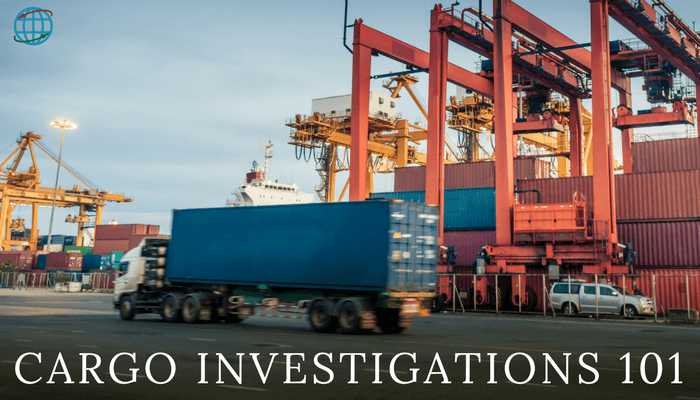This guest article was written by ISCPO Board Member, Scott Cornell, 2VP Transportation Lead, Crime & Theft Specialist at Travelers. Check out Travelers’ Supply Chain Management hub for comprehensive transportation resources.
No matter how effective your loss prevention team and systems are to protect your cargo and transportation networks, you’ll ultimately get the call, at some point in your career, to learn that your cargo has been compromised.
Cargo theft happens fast. It’s difficult, at best, to give concise, specific tips on cargo theft investigations. My disclaimer at the outset is that these will be high-level insights, which can be applied to several scenarios where there are some similarities as well unpredictable differences. While some consistency is needed in any approach, there also needs to be flexibility to adjust to the unexpected differences in any given case.
Disseminate Information
The first thing you’ll want to do following a theft is quickly getting out as much information as possible. The likelihood of recovery drops off considerably after the first 48 hours, so you’ll want to quickly determine what police department will have jurisdiction over the theft and make contact with them. Depending on the loss scenario, this is not always simple – you need to know who to call and develop the right industry contacts. Additionally, you can share whatever information you can with industry resources such as the regional security counsels, which will get your theft information out to a large audience of people. Use all available industry resources, like CargoNet, for example, and share the information with them. In my experience, they will help you get the word out regardless of whether or not you’re a member – the cargo theft community is a tight one, and people will try and help if they can.
Not only will this information reach private sector personnel and resources across the country, and even internationally, but also law enforcement resources who have experience in cargo theft. The security counsels share the alerts so the information will quickly spread across the country. You’ll want to include as much information as you can – provide the truck and trailer identifying information, the location of the theft, what was taken, any information you may have already been provided or gathered, and how it took place. If possible, include as much detail as possible about the stolen commodities so law enforcement knows what they’re looking for.
Where to Start
After thoroughly distributing information about the theft to all available resources, your investigation will almost always need to start in two immediate locations. The first is obvious – where the theft occurred. The second location, which may be less obvious if you’re not familiar with these types of investigations, is the area you suspect the cargo may be headed. As you conduct more investigations over time, you can develop a good feel for who may have taken your load and where they may be headed. It’s important to begin your investigation in both locations. If you don’t have any idea, reach out to someone who may. Your load is almost certainly not the first load they’ve stolen and most groups have a pattern of behavior.
One of the first things you’ll need to do is to scan the theft location with a fine-tooth comb and then work your way out. Were there any witnesses or possible video captures on-site or on the most likely routes as you expand your search outward? Quite often there are video resources outside of the theft location that you can identify and request recordings from – you could also enlist the help of law enforcement to make the request. While the videos may not always be of the best quality, you don’t know what they may show unless you get it. Even if it’s from someplace outside of the theft location it may at least give you an indication of what direction your load was headed when it was taken.
“All Hands On”
The third tip is the “all hands on” method. You must talk to everyone who touched or worked on moving that load. The driver is the most obvious, but who else knew about that load? Who arranged for it, packed it, loaded it or was involved in the deal in any way? In today’s world of cargo theft and specifically in what we call “strategic cargo theft” – methods such as identity theft and fictitious pickups – someone may have been involved in the deal with the intent of stealing your load. There may have been a breach in informational security, and you may find someone somewhere along the way had some involvement in the theft. It’s imperative to be thorough in pursuing all possible leads.
While I wish it was as straightforward and easy to conduct cargo theft investigations as it may seem, it really never is. It is my hope that these tips will at least get you headed in the right direction. More than anything, the value of networking cannot be stressed enough. If you know the right people and have the right resources available, you’ll know what to do and who to call first in that awful moment when you discover your load has gone missing. Organizations like the ISCPO can help you do just that.

